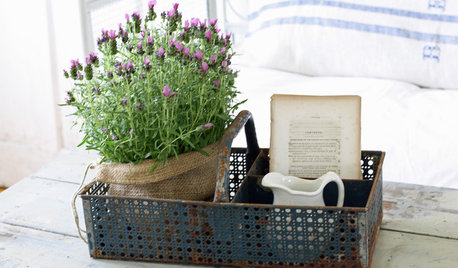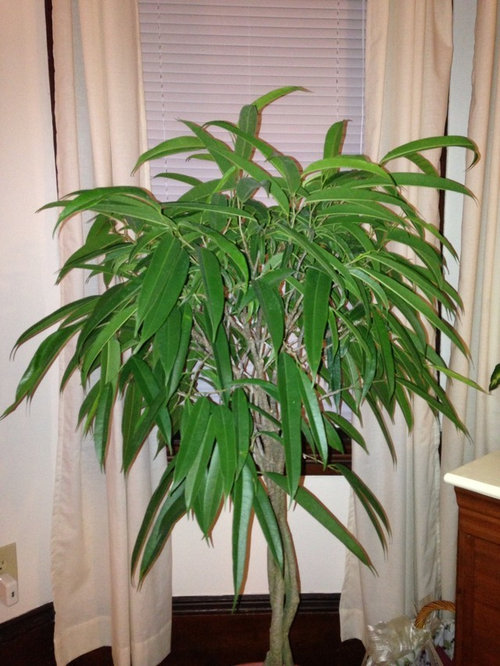Ficus Alii propagation
fandog
10 years ago
Related Stories

HOUSEPLANTS8 Essentials for Healthy Indoor Plants
Houseplants add so much to our homes — and can thrive when grown in the right conditions. Keep these tips in mind
Full Story
HOUSEPLANTS10 Top Plants to Grow Indoors
Brighten a room and clean the air with a houseplant that cascades artfully, stretches toward the ceiling or looks great on a wall
Full Story
MOST POPULARThe Perfect Houseplant for People Who Kill Houseplants
If you can fill a jar with water, you can keep golden pothos vine happy — and it will pay you back with cleaner air and a greener home
Full Story
HOUSEPLANTSOutsmart Winter — Make Houseplants of Your Garden Growers
No need to watch Jack Frost play Wreck the Rosemary. Bring your garden inside for the winter, using containers and these guidelines
Full StoryMore Discussions











pelargonium_gw
asleep_in_the_garden
Related Professionals
Lake Oswego Landscape Architects & Landscape Designers · Salem Landscape Architects & Landscape Designers · Frisco Landscape Contractors · Bainbridge Island Landscape Contractors · Fairview Landscape Contractors · Middleton Landscape Contractors · New Brighton Landscape Contractors · Newnan Landscape Contractors · Shirley Landscape Contractors · Welby Landscape Contractors · West Orange Landscape Contractors · White Bear Lake Landscape Contractors · Greenfield Landscape Contractors · Forest Hill Landscape Contractors · Suisun City Interior Designers & Decoratorspetrushka (7b)
tapla (mid-Michigan, USDA z5b-6a)
petrushka (7b)
fandogOriginal Author
tapla (mid-Michigan, USDA z5b-6a)
petrushka (7b)
fandogOriginal Author
asleep_in_the_garden
petrushka (7b)
petrushka (7b)
tapla (mid-Michigan, USDA z5b-6a)
petrushka (7b)
fandogOriginal Author
tapla (mid-Michigan, USDA z5b-6a)
fandogOriginal Author
tapla (mid-Michigan, USDA z5b-6a)
kayteeleanne
grrr4200
petrushka (7b)
tapla (mid-Michigan, USDA z5b-6a)
asleep_in_the_garden
grrr4200
Kelly